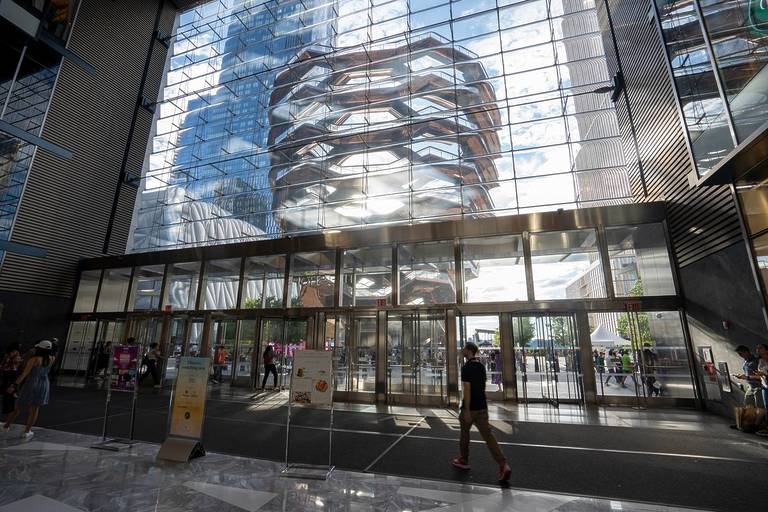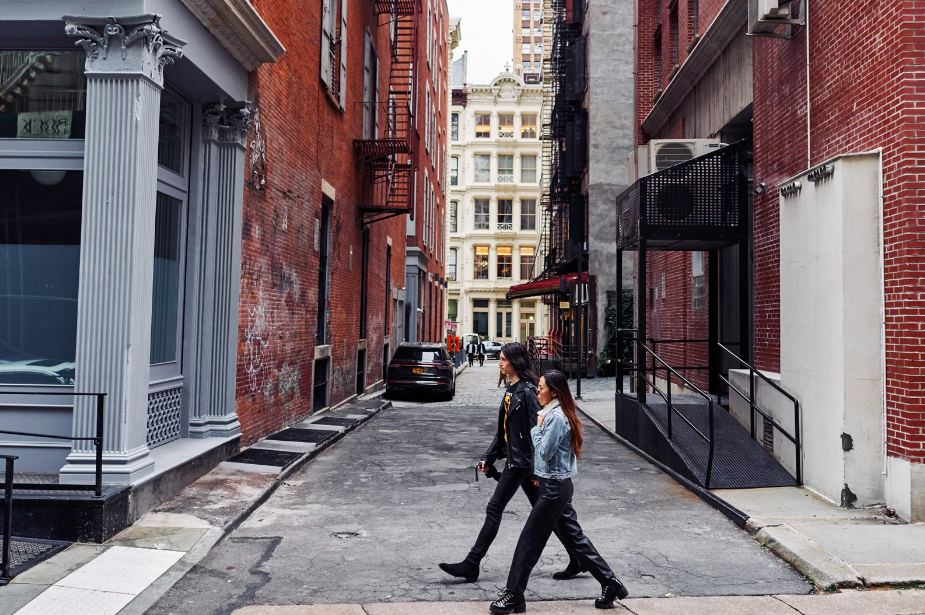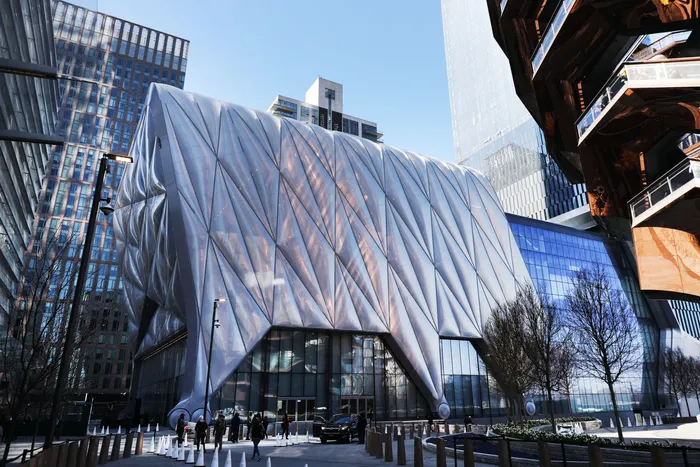Notes for possibly a longer article on art fairs and regionalism.
Reading about the highs and (mostly) lows of this weekend’s Frieze New York edition happening May 1-5th. It’s starting to feel different than the media buzz around Frieze LA only a few months ago… with reports of celebrity sightings and luxury brand parties. No art fair in the world can compete with Frieze L.A. for celebrity sightings. This year, Hollywood actors Will Ferrell, Jessica Alba, Leonardo DiCaprio, Jessica Biel, Robert Downey Jr., and Josh Brolin all attended the fair, as did both Luke and Owen Wilson.
Even the term ‘Frieze Week’ is becoming more common in LA and naturally in its hometown of London, it’s a common term- but in NYC- Frieze seems to get tuned out by the noise that is New York.
The criticism seems very much oriented around Frieze’s location at the Shed within much criticized The Hudson Yards proving that art is inseparable from luxury commerce. New York City’s $25 billion real-estate debacle. Several critics mentioned the ‘shopping mall aesthetic’ of Frieze. The Shed is an arts center that commissions original works of art, across all disciplines, for all audiences. Bringing together established and emerging artists in fields ranging from hip-hop to classical music, painting to digital media, theater to literature, sculpture to dance- but often contemporary art, shopping and tourism don’t mix. Previously Frieze New York took place in a tent on Randall’s Island Park– from 2012- 2019 hosting on average 200 international galleries.

Of course, every big box art fair now is surrounded by satellite fairs, wannabe pop-ups and art week openings at local galleries and museums, A smaller and more upscale Frieze NY (since the move to the Shed with only 60 galleries) has to compete with the well-curated Independent Fair with 80 some galleries, Future Fair, 1:54 and NADA NYC, still after 20 years still to mix of up-and-coming trendier galleries at where you still might discover a new artist to speculate on- as well as all the openings and auctions to divert your attention.
It can be argued that Frieze controls the majority of the US fair market (except for Art Basel Miami)- with last year’s purchase of Art Chicago and The Armory Show-. Much like Penske Media Corp buying up all the dying print magazines of Art In America, Art News, and most recently Artforum– to match their large inventory of Hollywood and Media magazines (Variety, Billboard, Rolling Stone, Women’s Wear Daily etc..). So as the art fair market has expanded significantly over the last 20 years- it’s also contracting into smaller and more fragmented events.
Nowadays, Galleries can opt-out of New York and do only London or LA- or perhaps Seoul… The same goes for Art Basel’s 4 diverse fairs (Basel, Miami, Hong Kong and Paris+). Instead of just traveling to Basel, NYC, Miami and London, now galleries and collectors are fine-tuning their travel plans often opting out of particular cities depending on their own stable of artists that they present or collect.
I often refer to this fragmentation of the art fair market as ‘regionalization’– but my colleagues are always pushing back against this term. No one in the art world seems to like the term- ‘regionalization’. Perhaps fragmentation or ‘market segmentation’ is more apt? Regardless of the choice of keywords, it’s happening all around. The best example is Art Brussels, an excellent small but internationally relevant regional fair- which just finished its 40th edition with 177 galleries from 30 countries. Instead of expanding they double-down and started Art Antwerp just a 30-minute train ride away. Of course, there are some cultural and language differences between the mostly French city of Brussels and the Flemish area around Antwerp- but they generally attract the same galleries.
Frieze NY is a very different animal than Frieze LA as is the original Frieze London. Each function within and expands regional factors that shape each city. So, when the Hollywood talent agency Endeavor Group bought control of Frieze Art Fairs back in 2016, it was clear that the merchandising and product placement was soon to come. Vaccuming-up Art Chicago and The Armory Show’s mailing lists for its advertising dollars.

Talking to our ‘weekends’ partners- I always mention that weekends don’t need to act like fairs, as the art fairs are moving in the direction of art & gallery week(ends)- as these events have the real regional value that fairs, galleries, and collectors desire. Previously collectors argued that fairs were the best solution for looking at the global art market in one place all under one roof (or tent)- but now the mega-fairs are struggling to differentiate themselves in a homogeneous art far market that is always searching for new artists and trends- instead of a shopping mall atmosphere – we need more complex walks through gallery districts in different cities. The short walking distance between two brick-and-mortar galleries in Tribeca or a Mexico City neighborhood gives you more value than any 2 stands at an art fair.

